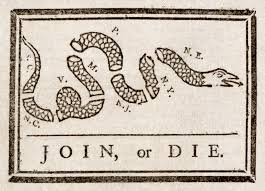Background to the Campaign: The British
Part of the overall British design to win the war was to isolate regions of the country and invoke the support of silent Loyalists.
General Howe, Commander of British troops in the Colonies, had a two-pronged plan for 1777. While the British army of the North under General Burgoyne would march down from Canada to capture Albany, isolating New England, the Southern army under Howe would capture Philadelphia.
With the capital under occupation, and radical New England isolated, Howe hoped to force a surrender.
Winter, according to the military custom of the 18th century, was not a season to pursue battle. After a string of successful battles in 1776, General Howe spent the winter in New York City.
Dallying overlong there, it was not until June 1777 that Howe made a non-productive feint into New Jersey. But due to a fear of losing his supply line, the vacillating general performed an about-face and returned to New York.
Back in London, Parliament, fed up with this Colonial rebellion and tired of bearing the burden of a costly war, wanted results. Howe, recently named Knight Companion of the Bath by King George III, needed to score a victory quickly — the new "Sir William" had a title to live up to.
Yet, the fighting season was nearing an end without a single major engagement having taken place. Howe was finally ready to engage the enemy, capture Philadelphia, and show the King and Parliament that he was bringing the war to a close.





